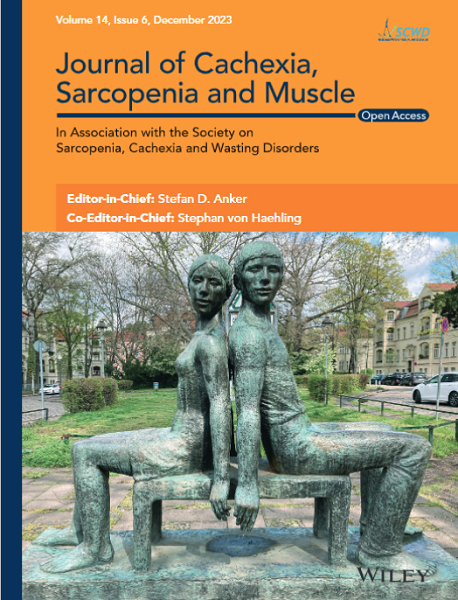Impact of Muscle Quality on Muscle Strength and Physical Performance Beyond Muscle Mass or Diabetes Status
Abstract
Background
Muscle quality, represented by myosteatosis, is recognized as an important factor in sarcopenia. In this study, we aimed to determine the associations between myosteatosis, muscle strength and physical performance among the elderly South Korean population.
Methods
We included 1440 participants (mean age 62.7 ± 6.2 years) from the Korean Genome and Epidemiology Study (KoGES). Based on the computed tomography attenuation of mid-thigh imaging, the total muscle area (TMA), normal-attenuation muscle area (NAMA), low-attenuation muscle area (LAMA) and inter-intramuscular adipose tissue (IMAT) and its indices were used to evaluate myosteatosis. Muscle strength was evaluated using hand grip strength, whereas physical performance was evaluated through 4-m gait speed, a 30-s sit-to-stand test and 2-min walking test.
Results
Of the 1440 patients, 51.5% were women, and 37.2% had diabetes. With aging, the LAMA index gradually increased, and the NAMA index gradually decreased in both men and women (p for trend < 0.001). The NAMA index was positively associated, whereas the LAMA and IMAT indices were negatively associated with muscle strength and physical performance after adjusting for age and sex. Higher tertiles of the NAMA index were consistently associated with improved physical performance across all appendicular skeletal muscle tertiles. The relationship between the NAMA index or LAMA index and muscle strength and physical performance did not differ according to diabetic status. Regular exercise was associated with a higher NAMA index and a lower LAMA index in the non-diabetic group; however, no significant difference in muscle quality was observed in the diabetic group in relation to exercise.
Conclusions
Reduced myosteatosis was positively associated with greater muscle strength and better physical performance in both men and women, regardless of muscle mass or diabetes status; improving myosteatosis may be a therapeutic target for the prevention of sarcopenia.


 求助内容:
求助内容: 应助结果提醒方式:
应助结果提醒方式:


